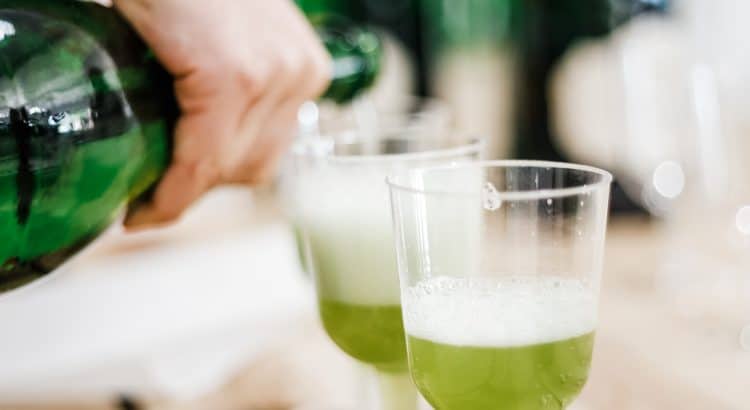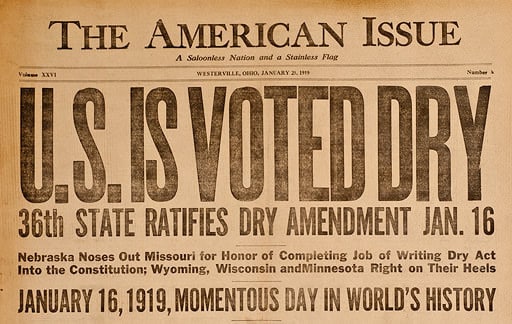Absinthe is a beverage with a kind of a history: it was said that I could make you hallucinate. There are stories that famous painter Vincent van Gogh cut off his ear under the influence of absinthe. The chemical compound thujone which is present in absinthe was blamed for these effects and the reason it was banned in the United States and several European countries in 1915. Recent studies show that this spirit is not any more dangerous than any other spirit.
Since the 1990s it has become a more popular drink, due to the lifting of the ban. Absinthe itself is high in alcohol (45% tot 74%) and is anise flavoured. It is derived from botanicals, flowers and leaves, anise, fennel and other herbs. Traditional absinthe has a green colour but is also available without colour. Because of the stories of hallucination and the green colour it is often referred to as The Green Fairy.
Want to know more about Absinthe check out Absinthe 101

